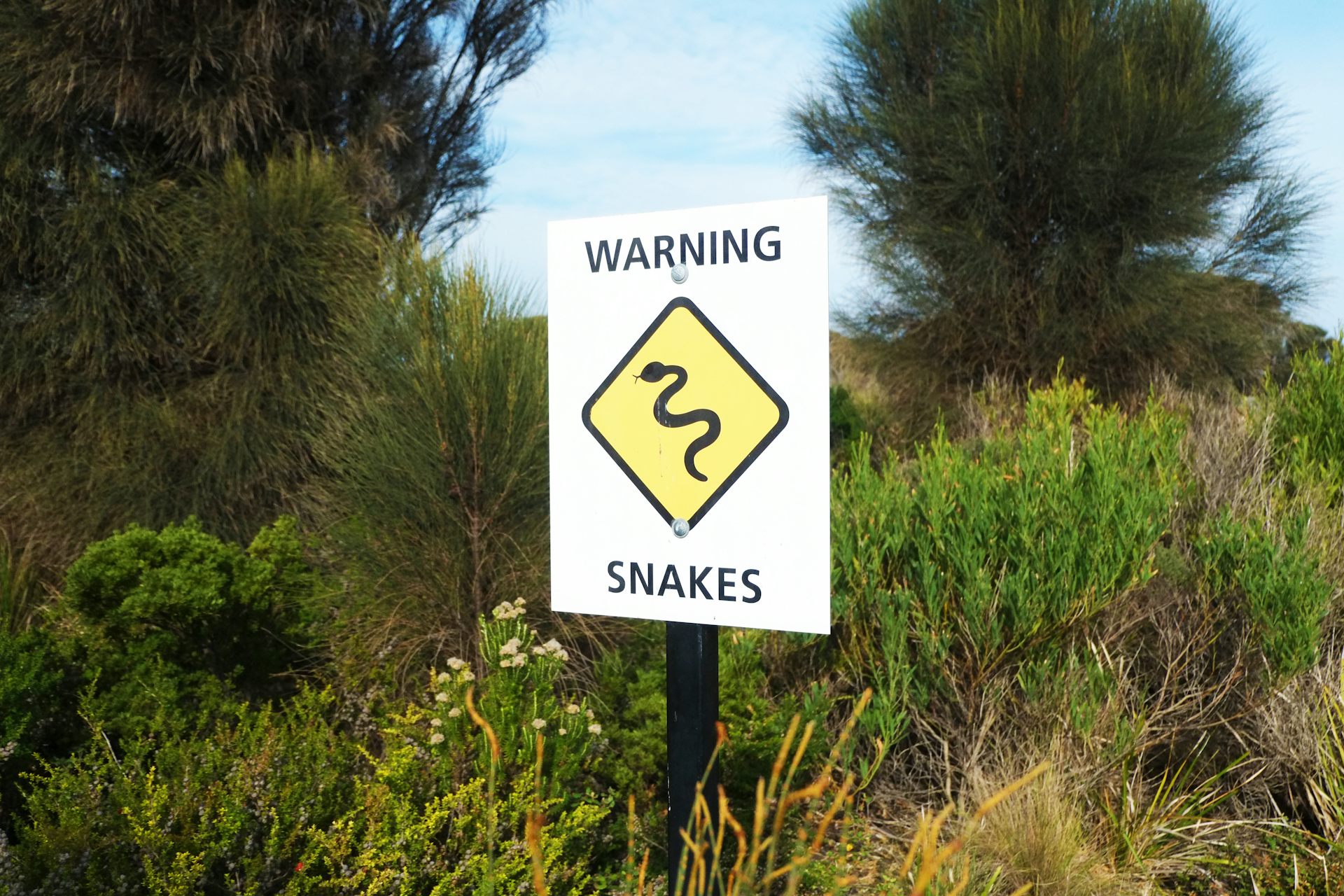Introduction
When it comes to venomous serpents, Australia is home to a few of one of the most remarkable and unsafe types worldwide. Amongst these, the Tiger Snake attracts attention not only for its potent venom but also for its interesting behavior. Understanding the habits of poisonous snakes like the Tiger Snake is crucial for both wild animals fanatics and those residing in locations where these serpents exist. This write-up explores different elements of Tiger Snake behavior, habitat, recognition, precaution, and first aid methods in instance of a serpent bite.
Understanding the Behavior of Venomous Snakes Like the Tiger Snake
The Tiger Snake, scientifically referred to as Notechis scutatus, is notorious for its aggressive nature when intimidated. These serpents display a range of actions that can be fairly various from their non-venomous counterparts.
Characteristics of Tiger Snakes
The Tiger Serpent is conveniently well-known as a result of its unique bands or red stripes that resemble a tiger's markings. They can differ in shade from yellowish-brown to dark olive or black. This coloration offers not only as camouflage but also as a warning signal to potential predators.

Adaptability to Environment
One impressive facet of their actions is their versatility to numerous environments. Located mainly in seaside areas, marshes, and marshes throughout Australia and Tasmania, they can thrive in varied habitats including metropolitan locations.
Hunting Techniques
Tiger Snakes are ambush predators largely eating fish, frogs, and small mammals. They possess keen vision and an acute sense of odor which aids them in situating target effectively.
Venom Composition
Their venom includes neurotoxins that affect the nerves, bring about paralysis or fatality in smaller pets. For people, instant medical interest is vital after a tiger snake bite because of its potentially dangerous effects.
Natural Habitat of Tiger Snakes
Preferred Locations
Understanding where these snakes stay sheds light on their behavior patterns. snake bite and first aid The tiger snake habitat includes:
- Coastal regions Swamps Grasslands Urban areas with abundant water sources
Seasonal Movements
During warmer months, Tiger Snakes are more energetic as they indulge in sunlight or quest for food. In contrast, cooler months see them pulling back right into hibernation sites.
Are Tiger Snakes Venomous?
Yes! The inquiry "are tiger snakes poisonous?" frequently occurs among those not familiar with this species. Their venom is considered one of the deadliest among all serpent species worldwide.
Symptoms of a Tiger Serpent Bite
If bitten by a tiger snake, symptoms might include:

- Localized pain Swelling at the bite site Nausea and vomiting Sweating and confusion
Immediate clinical aid is critical as untreated attacks can cause extreme health problems and even death.
First Help for Snake Bites: Quick Feedback Guide
Knowing just how to carry out emergency treatment for a serpent bite might conserve someone's life. Right here's what you ought to do:
Step 1: Stay Calm
Keeping tranquility aids reduce heart price which lowers venom spread.
Step 2: Immobilize the Affected Area
Keep the influenced limb still and listed below heart level if possible.
Step 3: Call Emergency Situation Services
Always look for specialist clinical assistance immediately after a serpent bite.
First Aid for Serpent Bite Set Essentials
A well-equipped snake bite emergency treatment kit ought to consist of:
- A compression bandage Antiseptic wipes A pair of scissors A cold pack
Safety Safety measures: Avoiding Snake Bites in Australia
Awareness Programs
Educating communities regarding local serpent species and their behaviors can considerably reduce encounters causing bites.

Avoiding Harmful Areas
Staying far from lengthy grass during warmer months decreases call with snakes that could be relaxing or hunting.
Common Mistaken beliefs About Tiger Snakes
Many individuals think false impressions concerning the actions of tiger serpents cause unneeded concern. Right here are some clarifications:
Myth 1: All Tigers Are Aggressive
Not all tiger serpents will present hostility if Conservation of Australian snakes left uninterrupted; many prefer getting away as opposed to confrontation.
Myth 2: They Chase Humans
Tiger serpents do not proactively chase humans; they may strike when they really feel threatened but will normally pull away if given space.
Conservation Efforts Connected to Venomous Snakes
Conservation efforts focus on educating communities regarding securing local wild animals while minimizing human-snake interactions.
Importance of Ecosystems
Understanding that venomous snakes play a necessary role in maintaining ecological equilibrium assists foster gratitude rather than worry towards them.
FAQs Regarding Tiger Snakes
What ought to I do if I encounter a tiger snake?- Maintain range and slowly back away without unexpected movements.
- While attacks aren't incredibly common as a result of recognition initiatives, they still occur each year within Australia.
- Baby tiger serpents can supply complete doses of poison regardless of being smaller sized; thus care is suggested around them.
- They mostly take in frogs, fish, small animals like rats, and other reptiles.
- It's unlawful in the majority of territories without proper licensing as a result of security issues concerning their venom.
- Wear durable boots and stay on marked tracks; look prior to placing hands or feet right into concealed spaces like rocks or logs.
Conclusion
Understanding the habits of venomous snakes like the Tiger Serpent not only enhances our knowledge yet additionally advertises safety recognition amongst those living near their environments. From recognizing their features, recognizing first aid protocols complying with a bite, via engaging preservation initiatives-- every aspect plays a crucial function in fostering coexistence with these fascinating reptiles while appreciating their place within our ecosystem.
As we grow our understanding through education and experience, we contribute favorably toward making certain both human safety and wild animals preservation-- profiting all events involved!